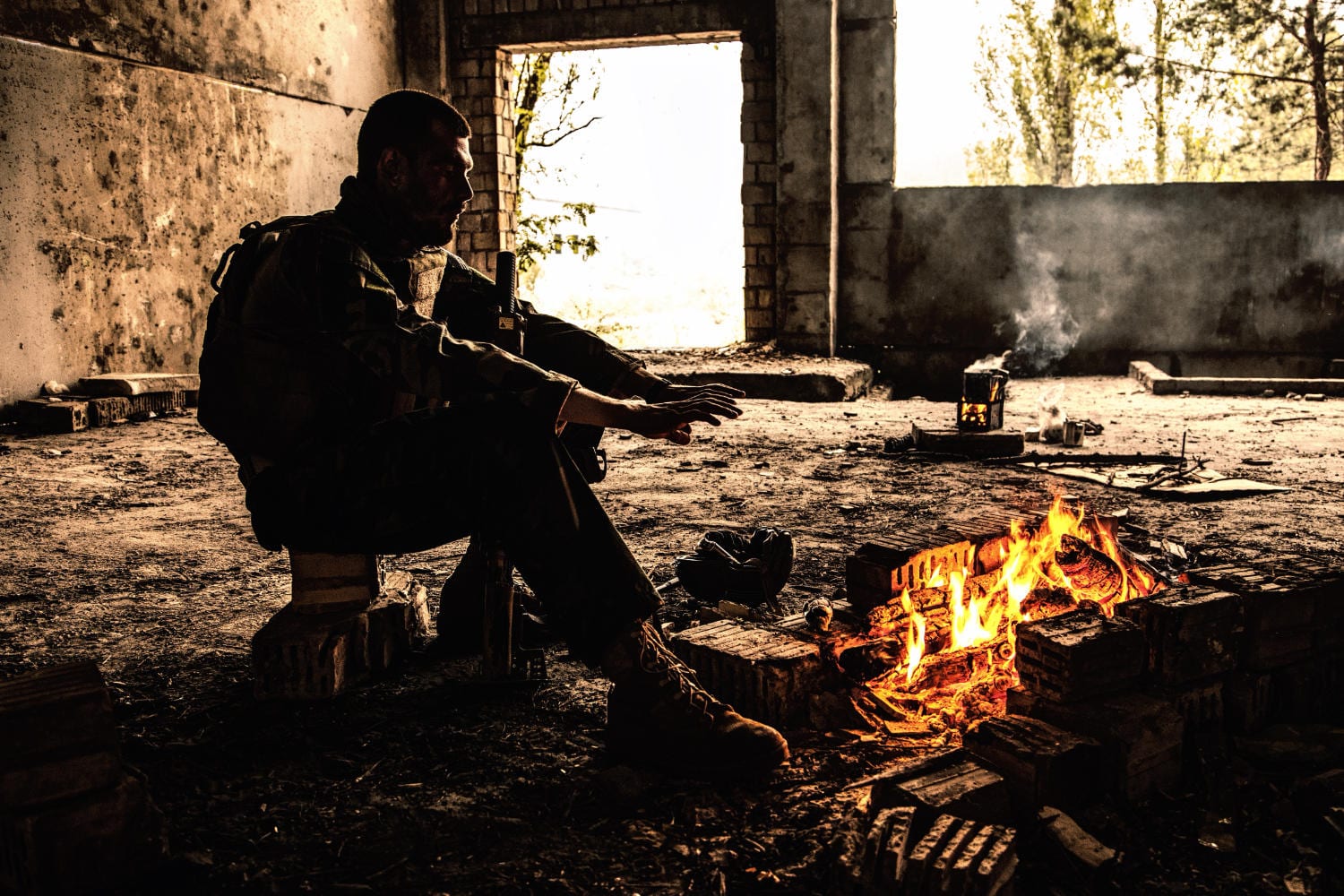
Have you ever wondered where the term MRE came from and who really invented those nifty, ready-to-eat meals? It probably comes as no surprise that a ready-to-eat meal was first designed by the military for soldiers in combat situations. Who, after all, is in more need of quick, easy to fix, nutritious meals, that are easy to pack, and store for years than those soldiers in some of the most remote places in the world? In fact, the term ‘meals-ready-to-eat’ (MRE) is rarely mentioned without the term ‘military’ somewhere close by. So, let’s talk about the history of the MRE and its relationship to the military.
Buy Genuine US Military Meals
First though, we will want to define MRE so that we are all on the same page. Because so many definitions are similar, we’ll just reference the Wikipedia definition: an MRE “is a self-contained, individual field ration in lightweight packaging bought by the United States military for its service-members for use in combat or other field conditions where organized food facilities are not available.” They are, in other words, a method of getting good food to soldiers in places where they normally wouldn’t be able to.
Author Nicole Jones notes a sort of evolution of the MRE that dates back to the Revolutionary War. Under the command of George Washington, soldiers were given meager rations—most likely because that was all that was available—that consisted primarily of beef, peas, and rice. And, up until the early nineteenth century, rum and whiskey were part of the rations. By the civil war, some canned goods and bread, salt pork, and sugar were included. By World War I, dried meats were added to the list. During World War II, the first individual combat rations (often called C-Rats) were introduced. By the Vietnam War, soldiers were given canned fruit and desserts as well as accessories in a kit that included cigarettes, matches, gum, and toilet paper.
While today the food types do differ, and we may laugh at the thought of whiskey and rum being part of an MRE, military spokesperson Stephen Moody, and team leader for Individual Combat Rations, says that Irish cream coffee and chocolate covered coffee beans were being added to the menus in 2008. “We’ve got a group of young caffeine drinkers on our hands,” he said, “and we’re trying to meet those needs for them.” Jones says that much has changed during the First Gulf War and the War in Iraq. “New meals that are ready-to-eat are launched, replacing metal cans with plastic packaging,” she says. “Freeze-dried meat, vegetables, crackers, fruit, coffee and sugar make up a variety of meals. And often commercial snacks and candy are added to boost morale of soldiers.” Although one could argue that the snacks and candy aren’t adding much to the “nutrition” part.
The joke has used to be that MREs usually didn’t taste good. Over the years since their development, they have earned many reputations and somewhat humorous epithets, including “Mr. E” (‘mystery’, suggesting an unawareness of what is actually being eaten); “Meals Rejected by Everyone”; “Meal, Ready to Excrete”; and “Materials Resembling Edibles”. But over the past three decades, the meals have come a long way and many people claim that they are more than edible and nutritious, but quite tasty as well. Now, in the 21st Century, MREs are more than just military rations. Many people use them for all kinds of purposes, including camping and in 72-hour emergency kits. You will find MREs in motor homes, camp trailers, backpacks, and food pantries all across the country. So the next time you hear MRE, military doesn’t have to be the first word that comes to mind. And, for that matter, neither does the word “gross.”



